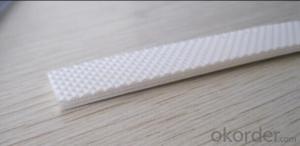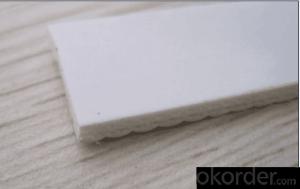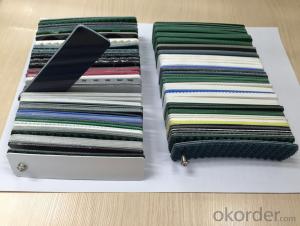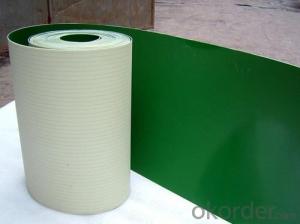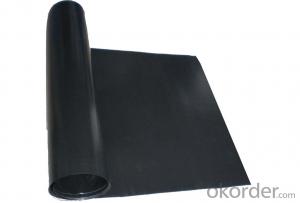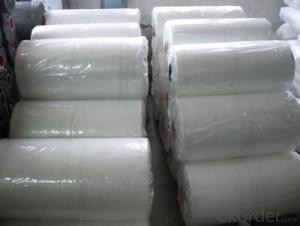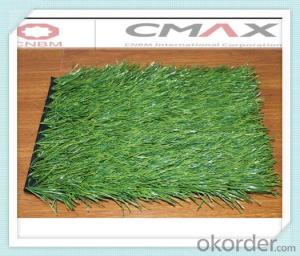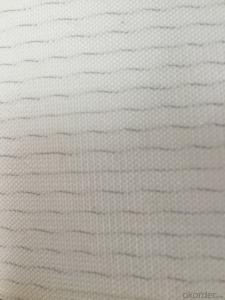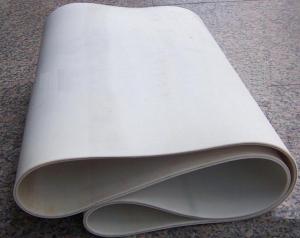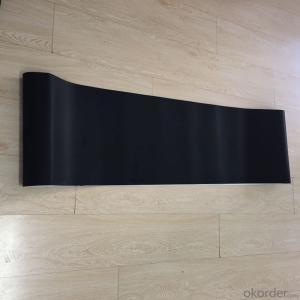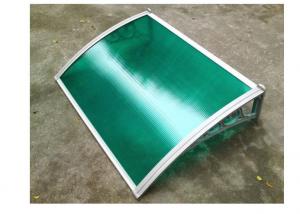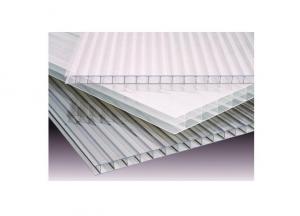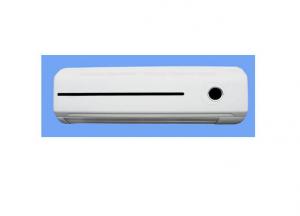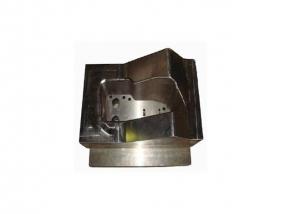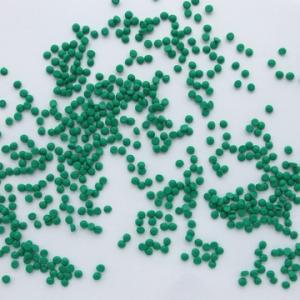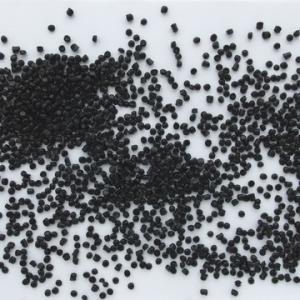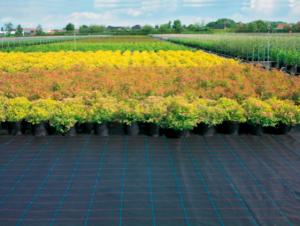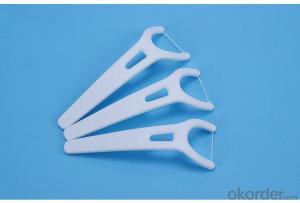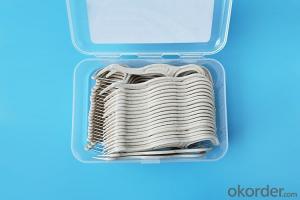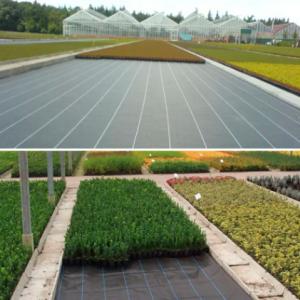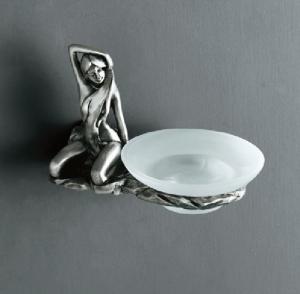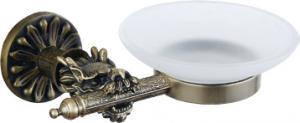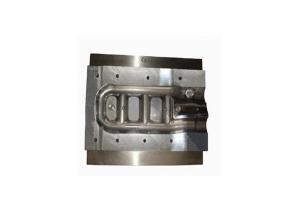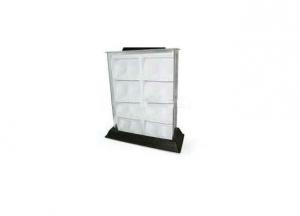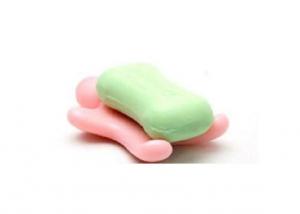Diamond Pattern PVC Transmission Conveyor Belt In Industrial Use
- Loading Port:
- China main port
- Payment Terms:
- TT OR LC
- Min Order Qty:
- 10 m²
- Supply Capability:
- 1000000 m²/month
OKorder Service Pledge
OKorder Financial Service
You Might Also Like
Diamond Pattern PVC Transmission Conveyor Belt In Industrial Use
PVC Conveyor belt uses polyester fabrics as reinforcing materials, mainly used for conveying light, medium quality materials, suitable for use on the conveyor systems.
Hygienic Conveyor Belt is manufactured in both white, transparent & blue provide excellent oil & greaseresistance. Our hygienic food belt range is available with varioustop & bottom cover finishes & hardness. Multiply Hygienic PVC& PU Conveyor Belts are available with either high gloss smooth PVC/PU, PVC/PU cover or bare polyester top covers.
Applications & features:
It is widely used in the assembly lines in the areas of food processing, pharmaceutical, electronics, cigarette, printing
Product features: hard wearing, good tensile strength, long service life.
Product specification: One fabric- One rubberized, Two fabric- Two rubberized, Three fabric- three rubberized,ect
Forms of joints: tooth-shaped, stepped&angled, or metal buckle
Colors:
Red, yellow, green, blue, gray, white, black, blue, green, transparent (in general we have)
Thickness:
PVC (1~7mm) PU (0.8~4mm)
Appearance:
flat surface, diamond pattern, lawn pattern, golf pattern etc.
Advantages:
PVC: economical and practical, technology is mature. Non-toxic, odorless, environmentally friendly.
PU: abrasion resistant and corrosion.
1.Great strength, 2.Little elongation,
3.Good bending and long service life.
4. Anti-fire, anti-static
Application:

Subsequent machining technology:
it can add baffle, skirt, sponge, guide bar and etc.
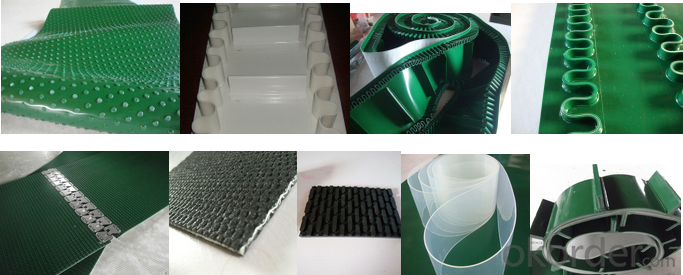
Packaging & Shipping
1.Free for samples, Door-to-Door.
2. By Air or by Sea for batch goods, Airport/ Port receiving.
3. Customers specifying freight forwarders or negotiable shipping methods!
4. Delivery Time:Based on customers' quantity. In general,25 days for batch goods.

Product photos:


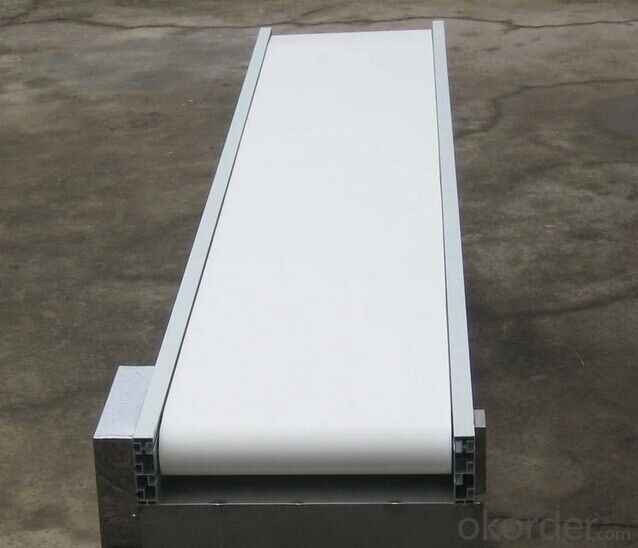
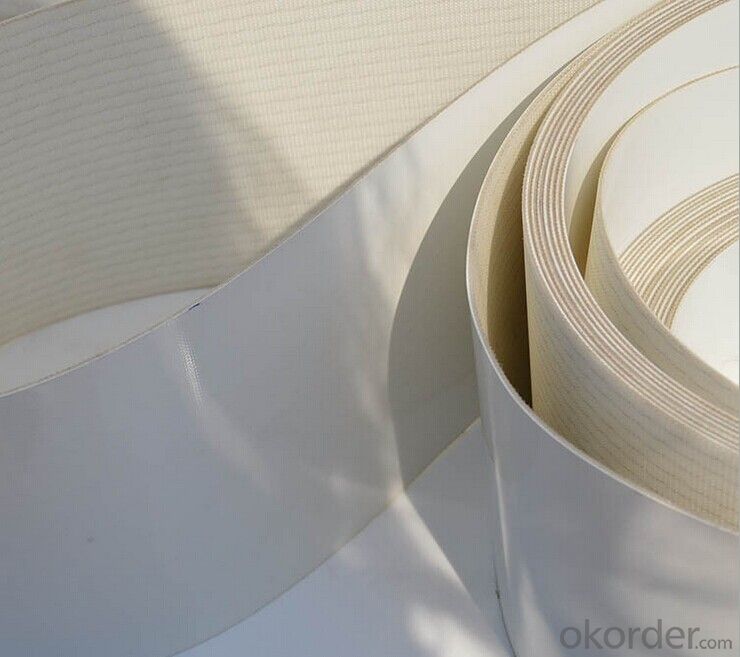


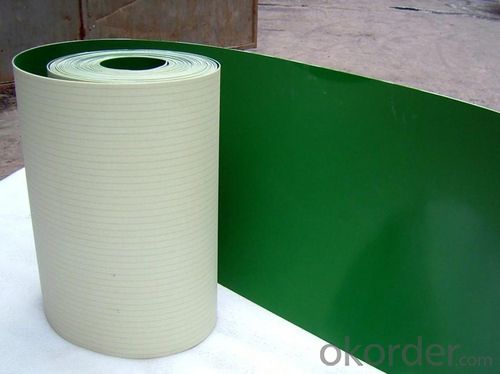
Pls contact me freely if any inquiry,thank you!
- Q:How do plastics weld?
- Bonding can achieve good performance and good quality joints, but it is difficult to operate. It needs careful preparation of joints and surfaces, and it is very slow and unsuitable for mass production. The welding is economical, simple, fast and reliable, and can form static strength close to the parent material. Therefore, it is suitable for mass production, and has gained more and more extensive application in the automobile industry. The level of plastic welding technology has become one of the marks to measure the level of automobile production technology and new material development.
- Q:Can olive nets be used for olive tree protection from extreme temperatures?
- Yes, olive nets can be used for olive tree protection from extreme temperatures. These nets help create a microclimate around the trees by providing shade during hot weather and retaining heat during cold weather, thus protecting the olive trees from extreme temperatures.
- Q:Are olive nets customizable?
- Yes, olive nets can be customized to fit specific dimensions and requirements.
- Q:Can olive nets be used year-round?
- No, olive nets are typically used seasonally during the olive harvesting period.
- Q:What are the parts of plastics and what are their characteristics?
- The main component of plastics is resin. The term was first resin secrete by animal and plant lipid and its name, such as rosin, shellac, resin is not mixed with various additives and polymer compounds. Resin accounts for about 40% to 100% of the total weight of plastics. The basic properties of plastics depend mainly on the nature of the resin, but additives also play an important role. Some plastics are made up of synthetic resins, with or without additives such as plexiglass and polystyrene
- Q:Can olive nets be used for olive trees in regions with heavy rainfall?
- Yes, olive nets can be used for olive trees in regions with heavy rainfall. Olive nets are typically used to protect the olives from birds and pests, and they can also provide some protection against heavy rains. However, it is important to note that excessive rainfall can still have negative effects on olive trees, such as causing root rot or fruit splitting. Therefore, while olive nets can offer some protection, additional measures should be considered to mitigate the potential risks associated with heavy rainfall in such regions.
- Q:Can olive nets be used to reduce the risk of soil erosion in areas with high salinity levels?
- Yes, olive nets can be used to reduce the risk of soil erosion in areas with high salinity levels. These nets are typically installed on slopes or areas prone to erosion and help to stabilize the soil by preventing water runoff and promoting the infiltration of rainwater. Additionally, olive nets can provide shade to the soil, reducing evaporation and helping to maintain moisture levels, which can be beneficial in areas with high salinity levels.
- Q:Are there any disadvantages of using olive nets?
- Yes, there are a few disadvantages of using olive nets. 1. Damage to trees: Olive nets can cause damage to the limbs and branches of olive trees if not properly installed or removed. This can lead to decreased productivity or even the death of the tree. 2. Labor-intensive: Installing and removing olive nets can be a labor-intensive process, especially in larger orchards. It requires manpower and time to properly secure the nets, which can increase production costs. 3. Risk of contamination: Olive nets can accumulate dirt, debris, and bird droppings, which may contaminate the olives during harvesting. This can affect the quality and marketability of the final product. 4. Impacts on biodiversity: Olive nets can disrupt the natural habitat of beneficial insects and birds that play a crucial role in pollination and pest control. This can have adverse effects on the overall biodiversity of the orchard ecosystem. 5. Limited use in windy conditions: Olive nets are not suitable for areas with high winds, as they can easily get damaged or blown away. This restricts their use in regions prone to strong winds, limiting their effectiveness. Despite these disadvantages, proper installation, regular maintenance, and careful harvesting techniques can help minimize these issues and maximize the benefits of using olive nets.
- Q:Are olive nets suitable for all olive varieties?
- No, olive nets are not suitable for all olive varieties. The suitability of olive nets depends on factors such as the size and shape of the olives, as well as the specific harvesting methods used for each variety. It is important to consider the specific needs and characteristics of each olive variety before choosing the appropriate netting.
- Q:Are there any disadvantages to using an olive net?
- Yes, there are a few disadvantages to using an olive net. Firstly, olive nets can be time-consuming to set up and take down, especially for large olive groves. Additionally, the nets can be quite expensive to purchase and maintain, which may pose a financial burden for some olive growers. Moreover, if the nets are not properly secured or maintained, they may cause damage to the olive trees or hinder proper fruit growth and development. Lastly, using olive nets can make it more challenging to access and harvest the olives, especially if the grove has uneven terrain or dense vegetation.
1. Manufacturer Overview |
|
|---|---|
| Location | |
| Year Established | |
| Annual Output Value | |
| Main Markets | |
| Company Certifications | |
2. Manufacturer Certificates |
|
|---|---|
| a) Certification Name | |
| Range | |
| Reference | |
| Validity Period | |
3. Manufacturer Capability |
|
|---|---|
| a)Trade Capacity | |
| Nearest Port | |
| Export Percentage | |
| No.of Employees in Trade Department | |
| Language Spoken: | |
| b)Factory Information | |
| Factory Size: | |
| No. of Production Lines | |
| Contract Manufacturing | |
| Product Price Range | |
Send your message to us
Diamond Pattern PVC Transmission Conveyor Belt In Industrial Use
- Loading Port:
- China main port
- Payment Terms:
- TT OR LC
- Min Order Qty:
- 10 m²
- Supply Capability:
- 1000000 m²/month
OKorder Service Pledge
OKorder Financial Service
Similar products
New products
Hot products
Related keywords
